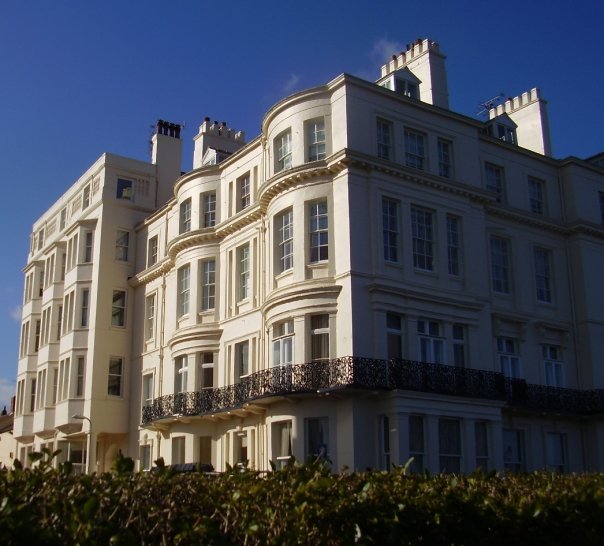Nov-2019
The Crescent, an icon of the Yorkshire Coast
Standing over looking the vast sweep of Filey Bay, The Crescent exudes a dignified air. The white painted blocks gently curve southward, mirroring the bay and setting the social tone of the town for one hundred and eighty years. The Crescent is quite simply one of the British coastlines greatest streets and one with a history to match.
As soon as the first lodging house on The Crescent opened for business, Filey began to attract a high-class of visitor. Partly, this was a reaction to Scarborough’s growing popularity with all classes of Victorian society, but clearly the quiet natural beauty of Filey was the greatest draw.
As early as the 1860s The Royal Crescent Hotel was hosting visitors of the calibre of the Archbishop of York, the two time Liberal Prime Minister Lord John Russell and His Grace the Duke of St Albans, or to his friends, William Amelius Aubrey de Vere Beauclerk.
Even away from the town’s premier hotel, the social tone was dizzyingly high. At Langford Villa, on South Crescent, the classical scholar Evelyn Abbott, a fellow of Balliol College, Oxford, taught private pupils Latin and Greek. His publications Hellenica: A Collection of Essays on Greek Poetry, Philosophy, History, and Religion and Pericles and the Golden Age of Athens are still essential reading for classical scholars.
Of course, South Cliff at Scarborough or West Cliff at Whitby could also boast select visitors throughout the Victorian era. However, what makes Filey stand out is that the high-class visitors kept coming into the interwar period.
At most other resorts, by the turn of the century the super rich and the aristocracy had begun to disappear to the French Rivera and Switzerland. By contrast Filey was still receiving Royal visitors. In 1900 Queen Victoria’s granddaughter, Princess Victoria and her husband, Prince Louis of Battenberg, stayed on South Crescent with their children: Alice (later mother of the Duke of Edinburgh), Louisa (eventually the Queen of Sweden), Louis (who became Earl Mountbatten of Burma and the last Viceroy of India). In 1910 the Grand Duke and Duchess of Hesse arrived for a month’s holiday. The Grand Duke was the German born grandson of Queen Victoria. It is possible that he came to Filey on recommendation of his sister, Princess Victoria who, as we have seen, visited Filey ten years earlier. Incidentally, another of the Grand Duke’s sisters was Princess Alexandra who married the last Russian Tsar Nicholas II. The Tsarina was famously executed, along with her husband and children, by Bolshevik revolutionaries in 1918.
The two world wars wrought huge changes on society and although Filey remained an exclusive resort well into the twentieth century, after 1945 land to the south of the town was developed as large-scale caravan parks and, of course, Butlin’s holiday camp. Although the latter closed in 1983, the legacy remains in the shape of Filey Bay’s last great villa, Billy Butlin’s art deco styled ‘white house’.
Grand Dukes, Countesses and Viscounts no longer stroll along the Crescent Gardens. So, what is the relevance of this history in the twenty-first century? Can it be that the legacy of their visits, and the architecture of The Crescent, continues to set Filey’s social tone? At first glance it seems ludicrous to suggest that it might. But, walk around the corner of Belle Vue Street. The Crescent reveals itself. The gentle curve of the tall white-painted buildings, the neat green gardens, the sense of summers past and the anticipation of summers to come. This stately street, captured on thousands of postcards, and in countless memories, is undoubtedly a treasure and an icon of the Yorkshire coast. Long may it remain thus.


comment this post